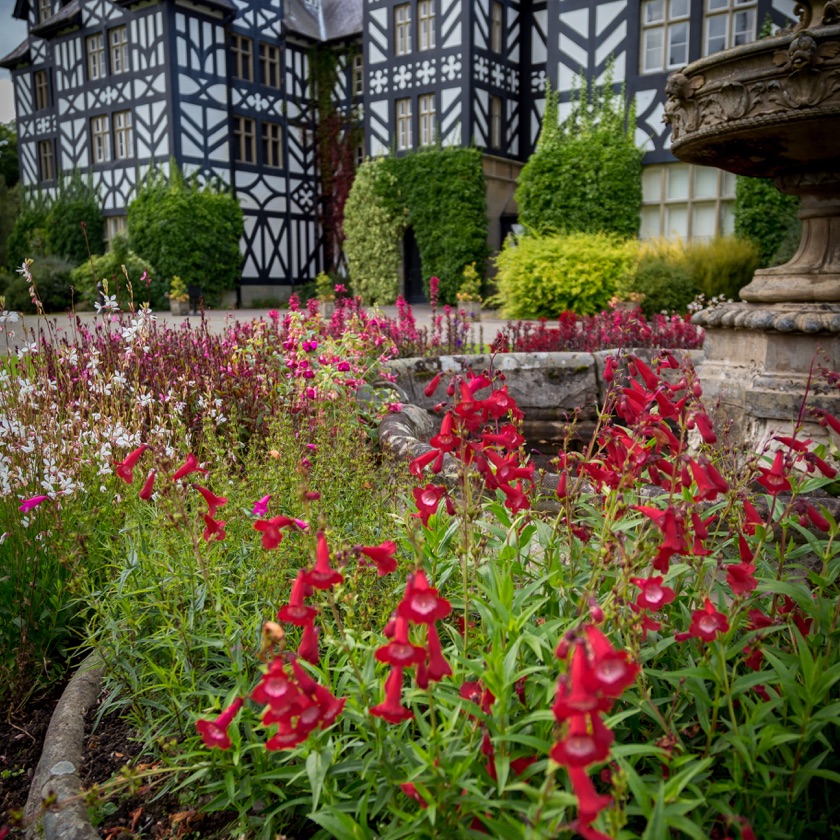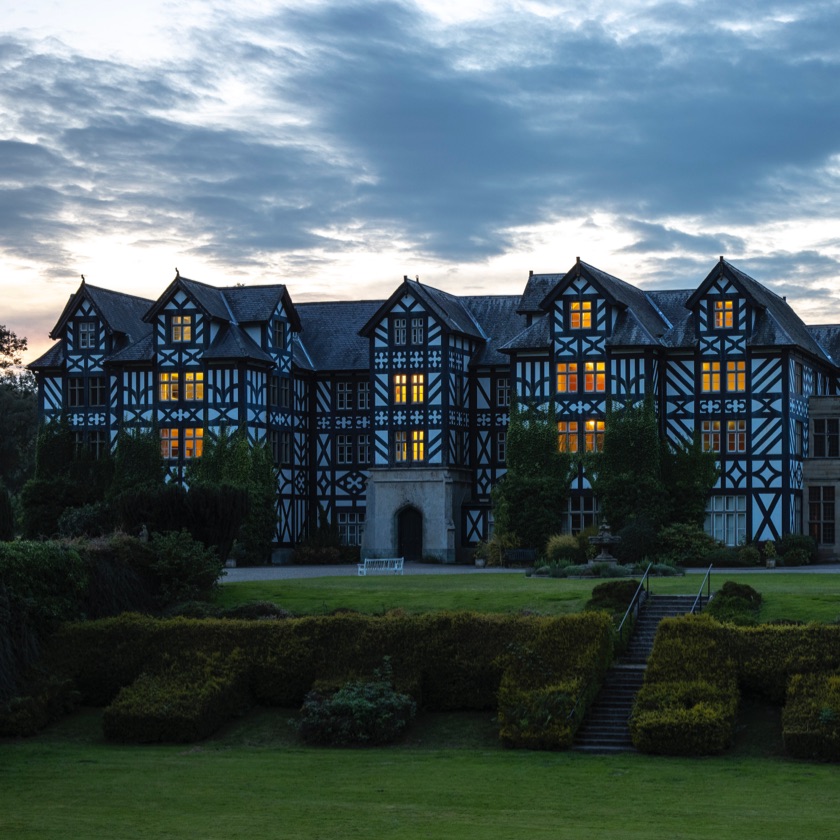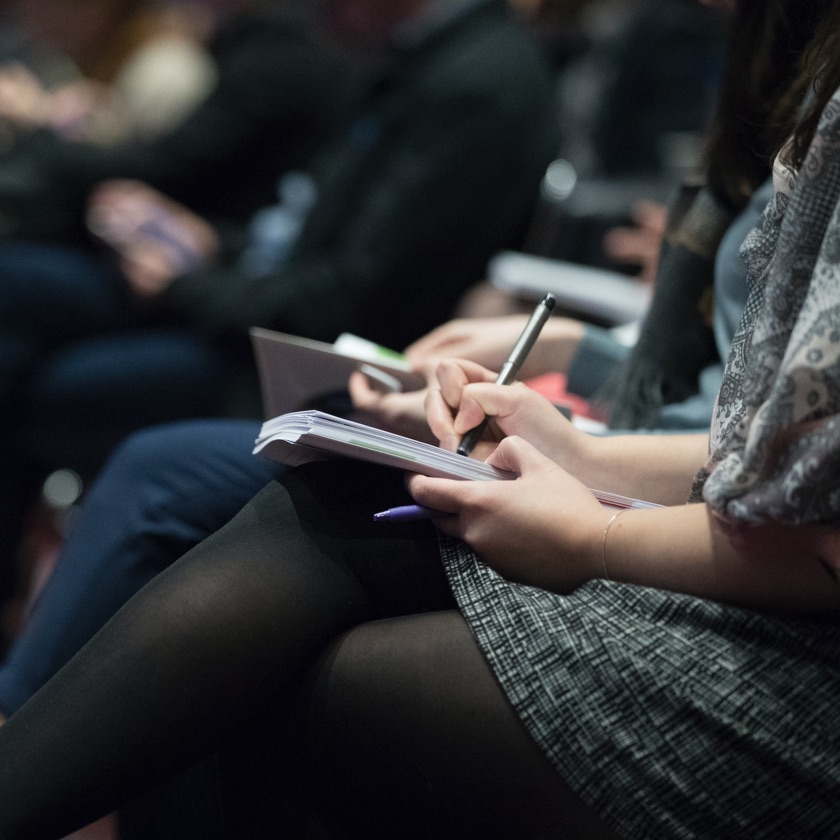Gregynog’s cultural heritage during the Davies era
The Davies family had money and a social conscience. The money came from the first David Davies, who started life sawing down trees and became one of Wales’s great Victorian entrepreneurs, building railways, running coal mines, constructing Barry Dock. He served as MP for Ceredigion for many years, and was one of the first members of Montgomeryshire County Council. But he was also a philanthropist – for example he gave a great deal of money to help the establishment of the University of Wales in the 1870s. He died in 1890 leaving a huge fortune to his family. On his son Edward’s early death this fortune passed to his grand-children, David, Gwendoline and Margaret.
The three young Davieses were very much aware that they owed their wealth to the labours of ordinary Welsh people, and at quite an early stage came to feel that they had a duty to ‘give something back’. By the end of the Great War they had already given away large sums of money to a range of good causes – to the University of Wales (they sponsored the creation of the first ever Chair of International Politics at Aberystwyth, for example), to the building of hospitals and sanatoria for tuberculosis sufferers, to the rescue of Belgian artists from the advancing Germans. David Davies became Liberal MP for Montgomeryshire, served under Lloyd George in the war and later became passionately involved in the movement to create the League of Nations.
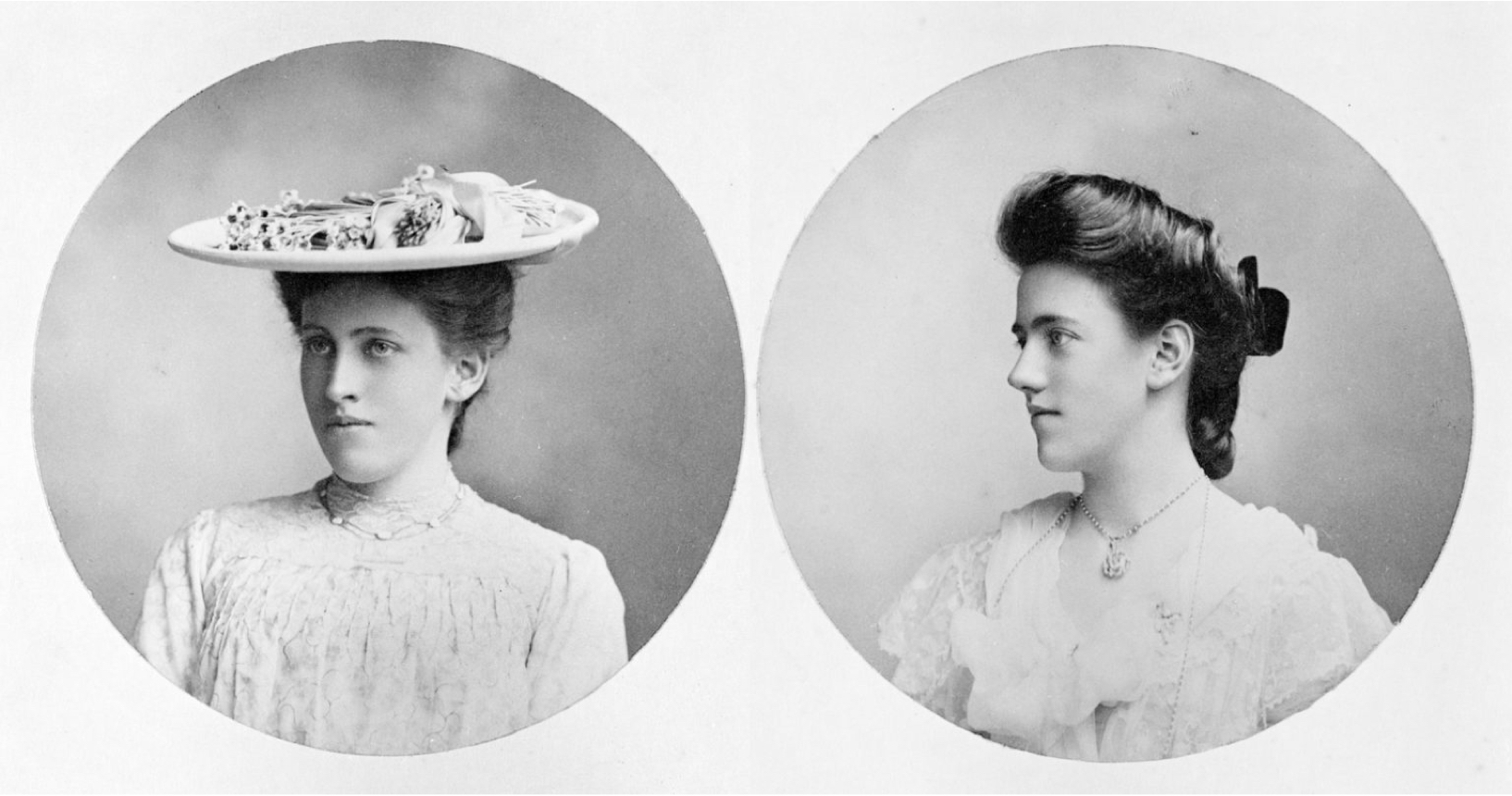
If David was into politics then Gwen and Margaret – always known as Daisy – were passionate about the arts. Even before the war they had begun collecting paintings and other works of art, notably French Impressionists and post-Impressionists – we’re talking Monet, Renoir, Cezanne, Pisarro, Sisley, Morisot – and we mustn’t forget this was very daring stuff in 1910! Their adviser was a man called Hugh Blaker who was the brother of the sisters’ governess. Gwen was also a talented musician, and music was very important to both sisters.
During the war the sisters had spent time at the front running a canteen for French troops, so witnessed for themselves the terribly suffering of the soldiers. They also lost two cousins – who were also close friends – one at Gallipoli and one in Palestine. It was during these years that Gwen and Daisy, supported by their friend Dora Herbert-Jones, came to feel that after the war they must do something for the Welsh soldiers returning from the trenches – not just to provide them with work but to enlarge their horizons and enrich their lives through the experience of art and music. There was also a perceived need to improve the standards of art, design and craftsmanship in Wales – this was still the age of the Arts and Crafts movement. There is no doubt that the Davies sisters were influenced by the ideas of William Morris whose words echoed in her own vision for Gregynog.
Gregynog must be beautiful, but the beauty of simplicity and usefulness.
— Gwendoline Davies
In 1919 the Davies sisters bought the mansion of Gregynog with the vague intention of turning it into an arts and crafts centre for Wales, with pottery, weaving, furniture making and fine printing as possibilities. None of these initiatives came to anything, except printing.
The Gregynog Press
Between 1923 and 1940 the Gregynog Press published 42 limited edition fine print books, which are still regarded as some of the best of their kind of the period. The first Controller of the Press, Robert Maynard, was a fine wood engraver and the books became famous for the quality of their wood-engraved illustrations.
Later on other outstanding wood-engravers, Blair Hughes-Stanton, Gertrude Hermes and Agnes Miller Parker, also produced wonderful work for Gregynog Press books – you can see framed examples of it in the corridor leading to the dining room behind the music room.
The 1920s and 30s saw a golden age of wood-engraving, and some of the best practitioners worked for the Press. The binder, George Fisher, was also an outstanding craftsman.
Music at Gregynog
The Davies sisters had not been at Gregynog for long before they had converted Lord Joicey’s billiard room into a music room, installed the specially built Rothwell organ and formed the Gregynog Choir, mainly from estate employees and their families.
So music became another of the defining motifs of Gregynog between the wars. Their greatest musical influence was that of Henry Walford Davies, Professor of Music at Aberystwyth and Director of the Welsh Council of Music, which was largely funded by the Davies sisters.
From 1932 to 1938 an Annual Festival of Music and Poetry was held here, conducted by Walford Davies or Sir Adrian Boult and with Elgar, Vaughan Williams and Gustav Holst among the visitors – not to mention George Bernard Shaw and his wife Charlotte, Joyce Grenfell and many other distinguished names.

The Davies Collection – Art at Gregynog
It must have been remarkable to have attended one of these festivals, to listen to music surrounded by Impressionist paintings. The sisters brought their art collection to Gregynog with them. Renoir’s ‘Blue Lady’ hung in the front hall. Monet’s ‘Water Lilies’ and a collection of Cezannes hung in the Music Room.

Famous figures at Gregynog
Another remarkable aspect of Gregynog during the Davies era was the link with public affairs. The Miss Davieses closest friend – a sort of father figure really – was Thomas Jones CH, a civil servant who had served under both Lloyd George and Mr Baldwin, and was a close adviser of the Davies sisters’ brother David who became the 1st baron Davies in 1932.

Tom Jones was behind many initiatives concerned with adult education, which was his burning cause. He was the founder of Coleg Harlech for example, and later towards the end of World War II he was involved in the launch of the Committee for the Encouragement of Music and the Arts, which was to lead to the establishment of the Arts Council of Great Britain.
It seems to have been this connection with Tom Jones, together with the Davies family’s continuing generosity towards many different charitable institutions, that led to Gregynog being used as the venue for a busy annual programme of conferences involving organisation such as the League of Nations Union – Lord Davies’s principal concern – the Welsh National Council’s Advisory Education Committee – International Voluntary Service Conference – Girls Clubs in Wales – Distressed Areas of South Wales and Monmouthshire Conference on Social Reconstruction – it is clear that the Davies sisters never lost their social consciences.
One also gets the impression that many of those conferences, if held nowadays, would take place in Cardiff. But during the 1920s and 30s there was no Welsh Office, never mind an Assembly. Cardiff wasn’t even the capital of Wales until 1955. Welsh affairs were mostly dealt with in London – so in retrospect the meetings and conferences that took place at Gregynog give the house a political importance during this period, which is often overlooked.
The sisters go to War
During the war the sisters had spent time at the front running a canteen for French troops, so witnessed for themselves the terribly suffering of the soldiers. They also lost two cousins – who were also close friends – one at Gallipoli and one in Palestine.
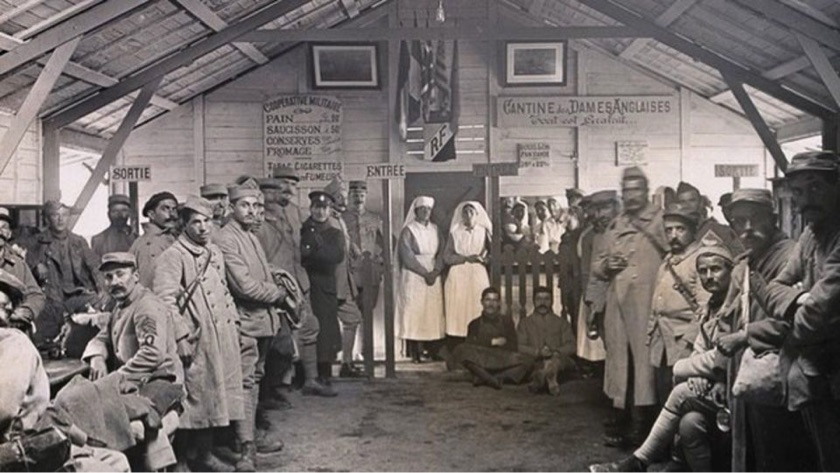

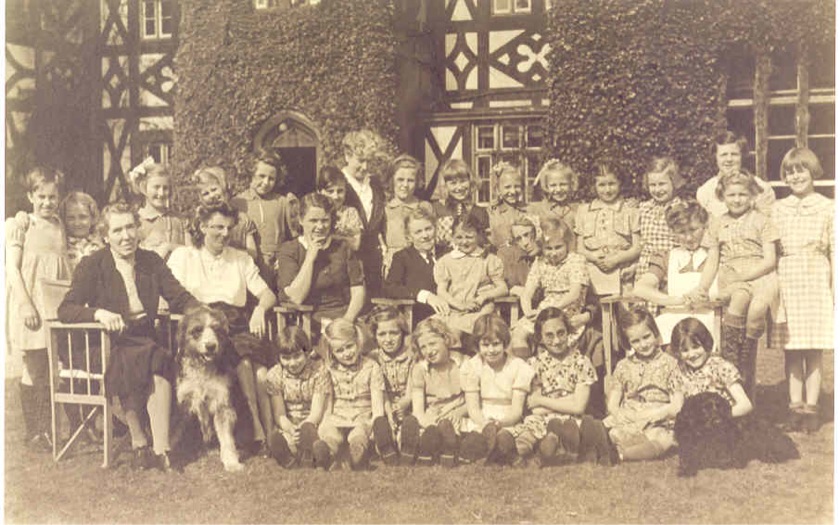
This photograph (above) was taken after the war, of one of the parties of Dutch children who stayed at Gregynog in 1945-6, each sister with a child on her knee, but they really do look like old ladies, although they were only in their sixties.
Some of those children have re-visited Gregynog as adults; all have stories to tell of the wonder of good food, decent clothes and kind hostesses who didn’t mind them running up and down the first floor corridor outside their bedrooms. They also have grim stories to tell of the conditions from which they had been rescued – parents and grandparents dying of starvation, for example.
